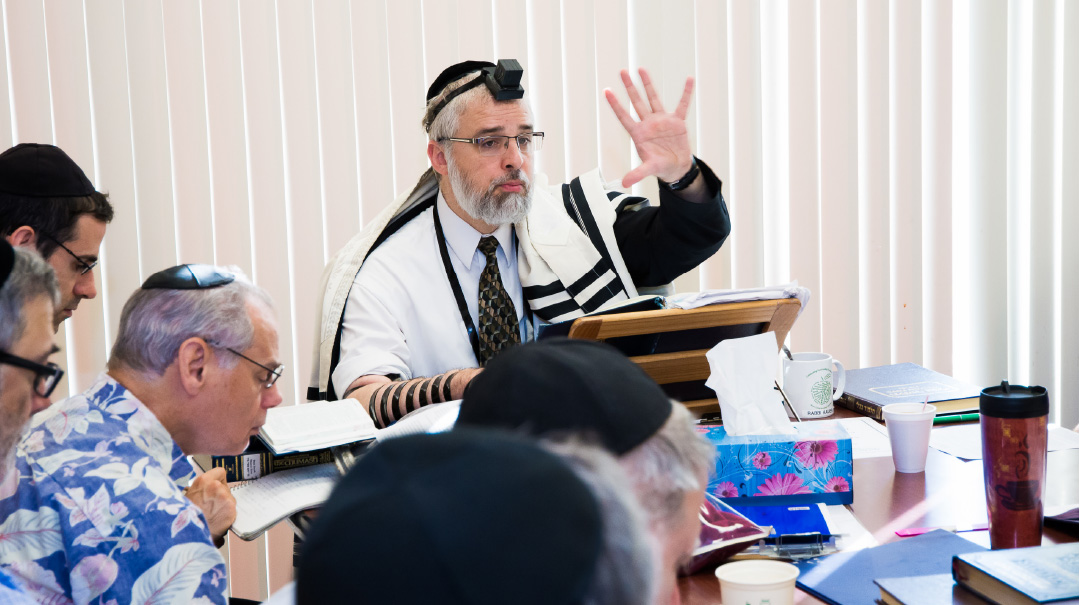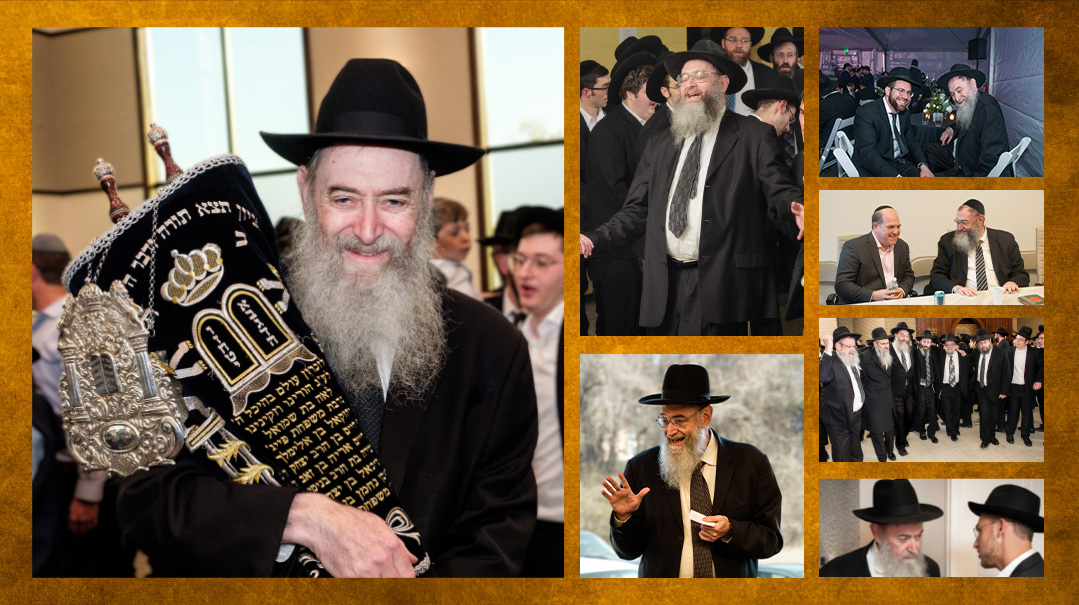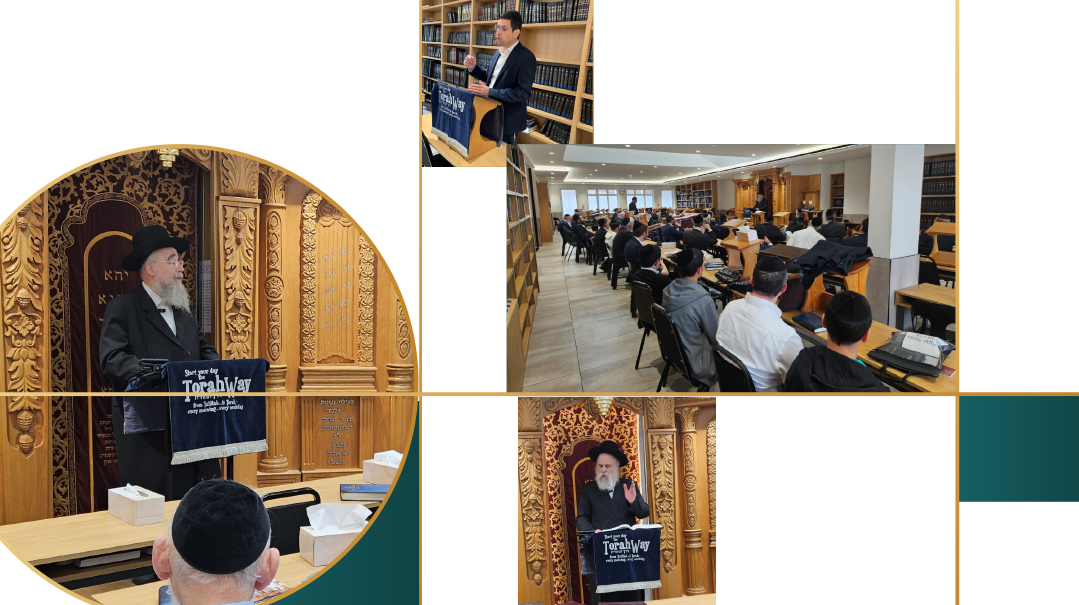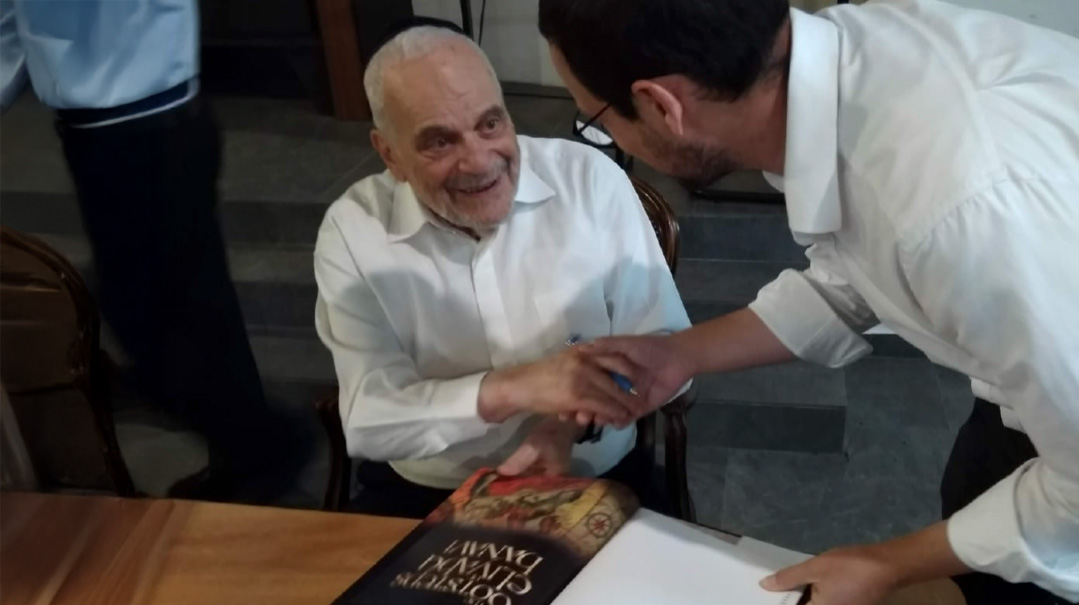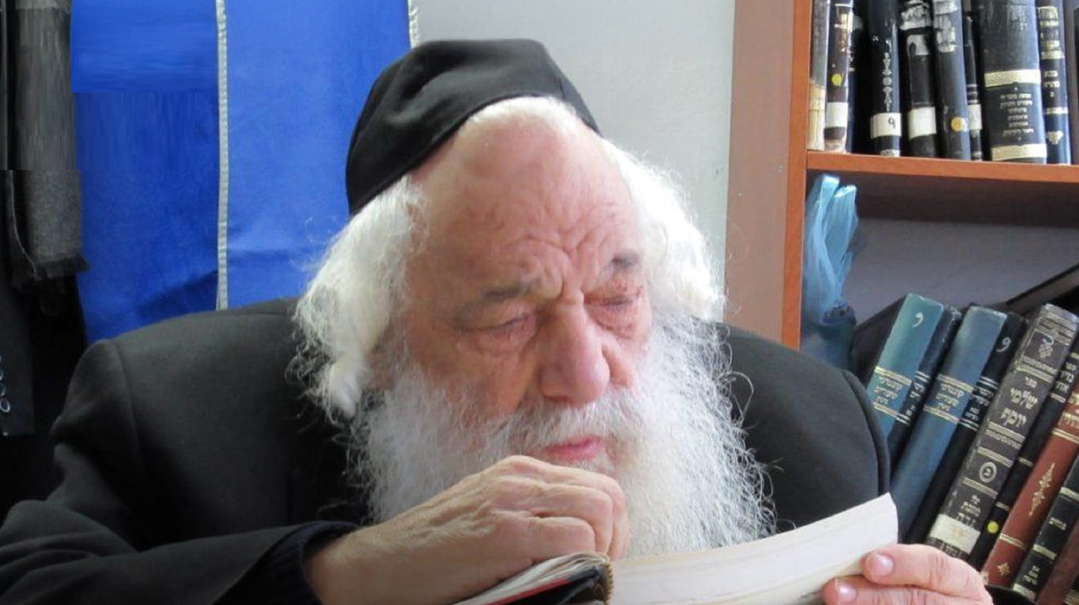Supporting Role

For Dr. Marvin Schick, no Jewish child could be left behind
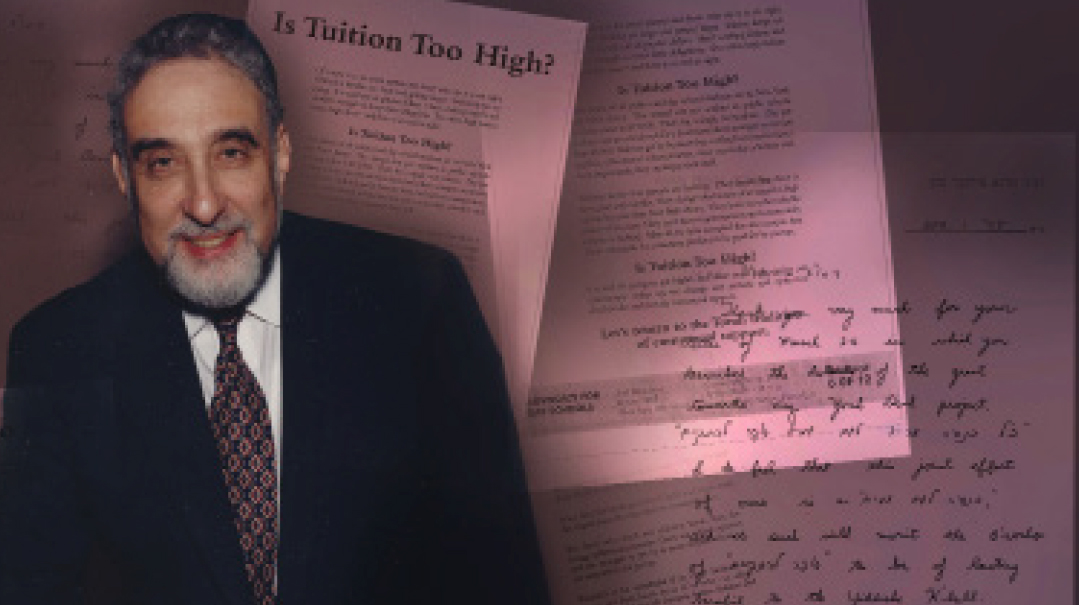
Purim 1938. A day of great joy turned abruptly into one of devastation for Renee Schick, with the sudden death of her husband, Rabbi Joseph Schick, a Romanian émigré who served as rabbi of the West Side Jewish Center on Manhattan’s 34th Street. The young mother of four children, including three-year-old twins Marvin and Allen, was left with no means of support and, when the Schicks were evicted from their apartment just weeks later, without even a roof over their heads.
The next years were excruciatingly difficult ones; young Marvin was hospitalized with diphtheria, then Allen with pneumonia, and all throughout, their mother struggled mightily to provide for her children. Eventually, she’d go on to open the famed Schick’s Kosher Bakery on Boro Park’s 16th Avenue, above which she and her children made their home.
Those early years of tears and travail became the crucible out of which Marvin Schick became the peerless paradigm of a Torah lay leader. But to truly appreciate the magnificence of his achievement-packed life — and the profound loss the Jewish world suffered with his recent passing at age 85 — one must know not only who he was but also what he was not.
He was not a lawyer — yet he was a pioneer in securing legal rights for frum Jews in the workplace and in pursuing government aid for yeshivos. He was neither a rebbi nor rosh yeshivah — yet he founded and funded multiple Torah mosdos and was a seminal figure in the flourishing of chinuch across the country. He wasn’t a wealthy magnate — he didn’t own his own home or even a car — yet he was responsible for tens of millions of dollars flowing into day school and yeshivah coffers throughout North America. He wasn’t a marbitz Torah — yet hundreds now study the works of great marbitzei Torah that he published. Nor was he a “kiruv professional” — yet untold numbers of Jews are observant today due to his efforts.
Marvin’s formative experiences of pain and privation were surely the springboard for the visceral empathy he felt for every Jewish child denied his Jewish educational birthright, every parent straining to afford tuition bills, every rebbi striving to transmit the Torah on to the next generation despite his position’s low prestige and even lower salary. Yet his nearly seven continuous decades of askanus for Klal Yisrael might never have come to be were it not for an early, transformative encounter with greatness.
Rebbi for Life
While still a teenage student at the Rabbi Jacob Joseph School (RJJ) high school on the Lower East Side, Marvin was invited, in the fall of 1951, to attend a meeting convened by Rav Aharon Kotler to inspire young people to communal activism. The 17-year-old was instantly captivated by the idealistic passion of Reb Aharon’s message, delivered rapid-fire, his clear blue eyes ablaze. And thus began an unusual, decade-long rebbi-talmid relationship.
The brilliant, articulate, all-American young man who never spent a day in kollel became a frequent companion of the sagacious leader of American Torah Jewry, a lieutenant in Rav Aharon’s battle for the primacy of Torah over all else. Soon, Marvin’s fundraising efforts on behalf of Chinuch Atzmai, the then-fledgling Torah Schools for Israel network championed by the venerable Lakewood rosh yeshivah, were yielding $3,000 a month, a full 20 percent of what Rav Aharon had committed to send overseas to the organization.
The affection and esteem were mutual. Although Marvin would humbly muse that he was “never able to fully understand” what Reb Aharon saw in him, the Rosh Yeshivah certainly knew. What he saw even then, says Mrs. Malka Schick, Marvin’s wife of 58 years, was that “he possessed so many outstanding gifts with the ability to interweave them all, using them in tandem in such a focused, meticulous way to work for the klal and do what was right and just. He had a towering intellect and vast knowledge, long-range vision, and the insight to size situations up quickly. He had an exuberant personality, a boundless heart filled with empathy, and a desire to help the underdog. Perceiving all that, Rav Aharon charged him with his life’s overarching mission, to get involved on Klal Yisrael’s behalf, and that propelled him forward throughout his life.”
Oops! We could not locate your form.






